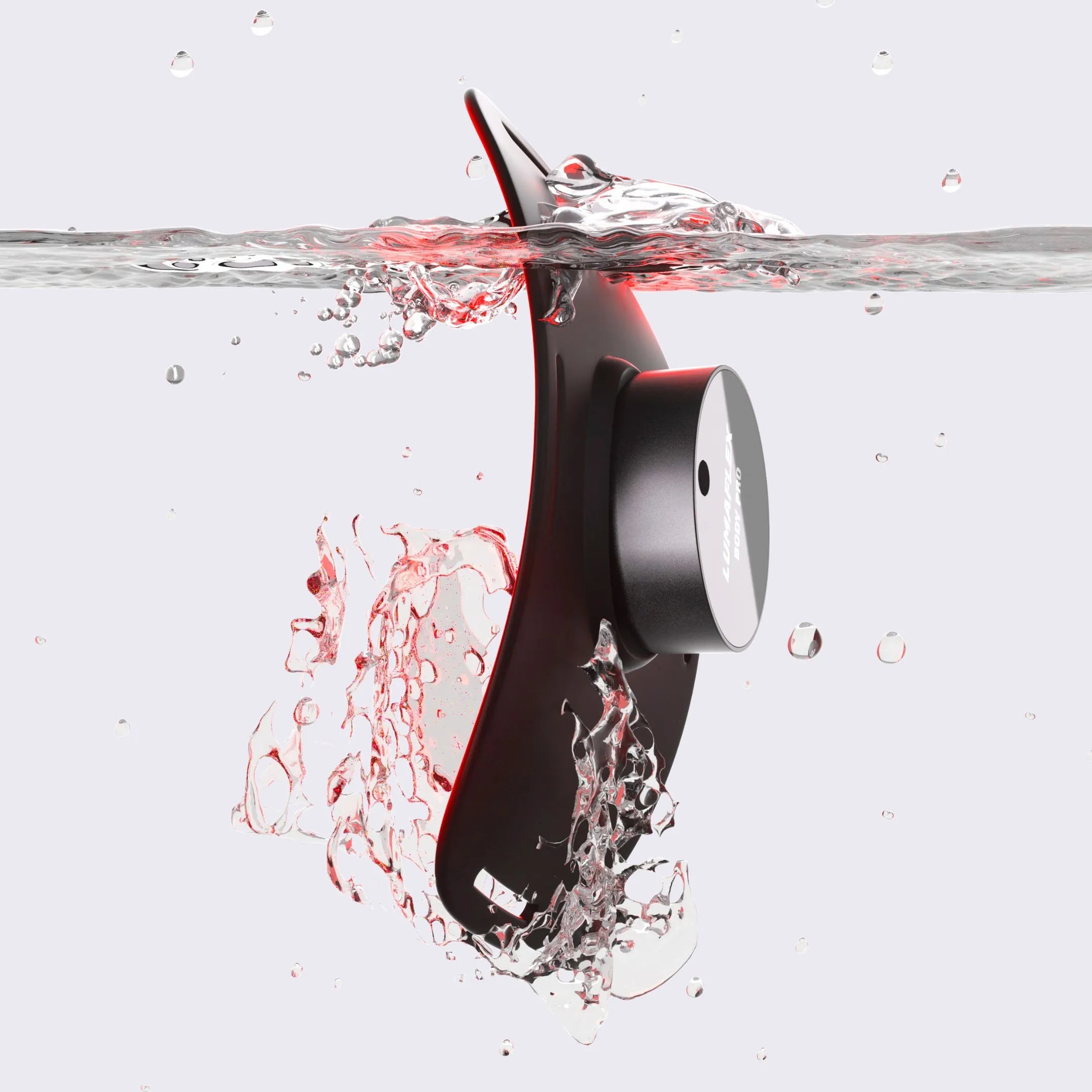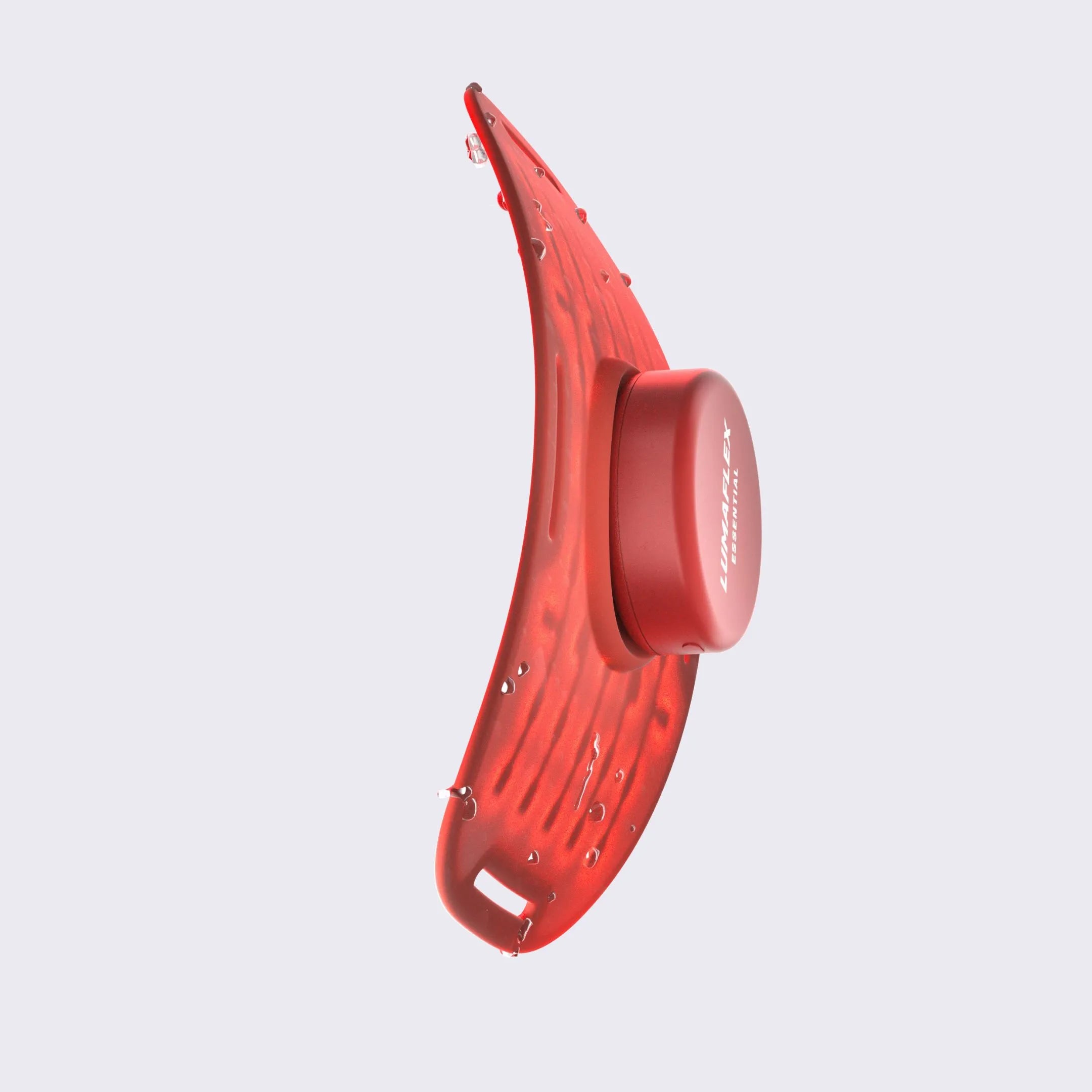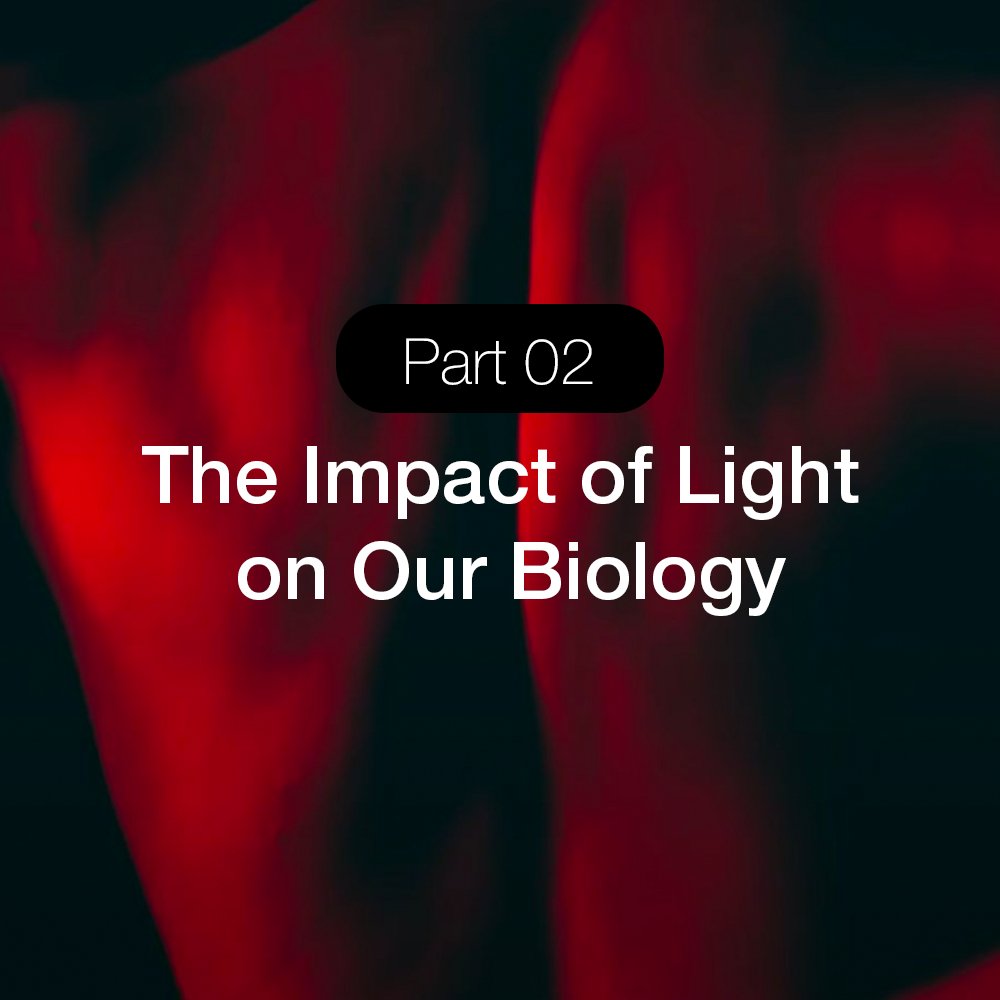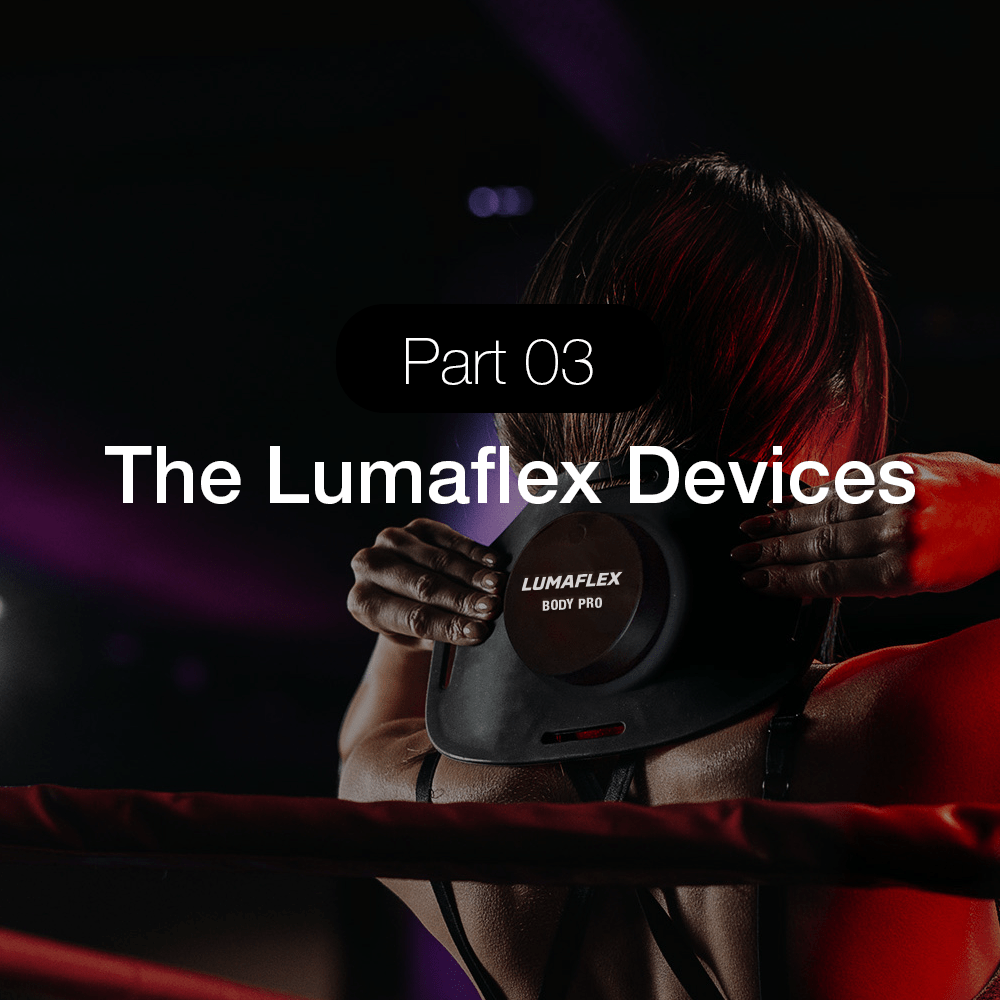Red Light Therapy for Sagging Jowls vs. Radio Frequency: Which Works Best?
Red Light Therapy for Sagging Jowls?
If you have ever caught yourself lifting your cheeks in the mirror to see what your face might look like with a tighter jawline, you are definitely not alone. Sagging jowls are one of the most common signs of aging that people want to address, and for good reason. That subtle droop along the jawline can make you look more tired than you feel.
Now, I am not against surgery. Facelifts exist for a reason. But as a biohacker, I have always leaned toward non-invasive options first. Over the last few years, two technologies have been gaining attention in the skin tightening world: red light therapy (RLT) and radio frequency (RF). I have experimented with both in my own routines, and I have dug into the science behind them.
This article will break down how each one works, what kind of results you can expect, and which might be the better fit depending on your skin, budget, and goals. Think of it as a side-by-side guide so you can make an informed decision without getting lost in marketing hype.
Table of contents
Why Do Jowls Sag? Causes and Challenges
When I first started looking into jowls, I assumed they were just a natural part of aging that no cream or gadget could touch. But the truth is, there are several reasons why the skin around the jawline starts to lose its structure. Once you understand them, the options for slowing that process make a lot more sense.
The main culprit is collagen and elastin breakdown. These proteins give skin its firmness and bounce, and starting in our mid-20s, the body produces less of them every year. Add gravity into the mix and the skin naturally starts to loosen.
Other common factors include:
- Genetics: Some of us are simply more prone to jowls than others.
- Sun exposure: UV light speeds up collagen breakdown.
- Lifestyle choices : Smoking, poor sleep, stress, or rapid weight loss can all accelerate sagging.
- Fat redistribution: Over time, the fat pads in the cheeks shift downward, which exaggerates the droop along the jawline.
What makes jowls tricky is that skincare products on their own rarely make a big difference. A moisturizer can improve hydration, but it cannot rebuild collagen at the deeper levels. That is why so many people turn to non-surgical options like red light therapy or radio frequency. These go beyond the surface and encourage the skin to repair itself from within.

Red Light Therapy for Sagging Jowls: How It Works
When I first tried red light therapy (RLT), I was skeptical. Sitting in front of a glowing panel of red LEDs felt almost too simple to be effective. But as I dug into the research and stuck with a routine, I realized why so many biohackers and dermatologists swear by it.
Red light therapy uses wavelengths of light, usually in the 630–850 nanometer range , to reach the skin at a cellular level. Unlike UV light, which damages, red and near-infrared light actually help the skin repair itself. The light is absorbed by the mitochondria (the “power plants” of our cells), which boosts energy production and triggers a series of rejuvenating effects.
Here’s what happens when you target jowls with red light:
- Collagen and elastin production increases, helping firm the skin over time.
- Cell regeneration speeds up, which improves texture and tone.
- Blood flow improves, bringing nutrients and oxygen to the skin.
- Inflammation decreases, which can soften the tired or puffy look around the jawline.
The beauty of RLT is that it is gentle and safe for all skin types. You can find it in clinics, but there are also plenty of at-home devices (masks, wands, and panels) that make it easy to build into a routine.
From my experience, results do not happen overnight. Most people start noticing changes in 6 to 12 weeks of consistent use, typically 3 to 5 times per week . It is a slow burn, but the improvements are subtle and natural, which is what makes it such a valuable long-term tool.
Pros of Red Light Therapy for Jowls
- Safe for all skin types
- Painless and relaxing
- Improves overall skin health and glow
- Affordable compared to clinic treatments
- Great for mild sagging or prevention
Limitations of Red Light Therapy
- Requires consistency and patience
- Not effective for severe sagging or excess fat
- May need to be combined with other treatments for advanced cases

Red Light Therapy vs. Radio Frequency: Side-by-Side Comparison
Whenever I try new technologies, I like to compare them as directly as possible. Both red light therapy and radio frequency can improve sagging jowls, but they work in very different ways. Putting them side by side makes the strengths and limitations of each much easier to see.
| Feature | Red Light Therapy | Radio Frequency |
|---|---|---|
| Target Depth | Superficial dermis | Deep dermis + fat layer |
| How It Works | Boosts mitochondrial energy, stimulates collagen | Heats skin to remodel collagen + shrink fat cells |
| Speed of Results | Gradual (6–12 weeks of consistency) | Faster (after 2–4 sessions) |
| Pain/Discomfort | None, feels gentle and relaxing | Mild warmth, tingling, sometimes temporary redness |
| Home Use | Widely available: masks, panels, wands | Mostly clinical, some high-end home devices |
| Fat Reduction | No | Mild (helpful for double chin) |
| Safety | Extremely safe, suitable for all skin types | Safe with proper use, but not ideal for thin/sensitive skin |
| Cost | Affordable long-term with at-home devices | Higher if done in-clinic, moderate for home devices |
Which Technology Fits Different Needs?
From my own experience and what the research shows, the choice often comes down to your specific situation:
- If you want something gentle, safe, and easy to use at home, red light therapy is the better fit.
- If you have moderate sagging or fullness under the chin and want faster results, radio frequency is more effective.
- If you are budget-conscious, RLT is usually more sustainable long-term since home devices are relatively affordable.
- Many dermatologists (and biohackers like me) actually combine both . RLT supports daily skin health, while RF can provide a stronger lift every few months.

Before and After: What Results Can You Expect?
One thing I have learned as a biohacker is that managing expectations is half the battle. Both red light therapy and radio frequency can help with sagging jowls, but the changes are usually subtle and gradual. These are not facelift-level results, but they can absolutely make your jawline look firmer and more defined if you stay consistent.
What to Expect with Red Light Therapy
- Timeline: Noticeable changes typically appear after 6 to 12 weeks of consistent use (3 to 5 sessions per week).
- Results: Firmer skin texture, improved glow, reduction in fine lines. Jowls may look slightly lifted but improvements are usually mild and natural-looking.
- Maintenance: Works best as an ongoing routine. Think of it as skin fitness, not a quick fix.
What to Expect with Radio Frequency
- Timeline: Results often appear after 2 to 4 professional sessions, sometimes even sooner.
- Results: Visible lift around the jawline, tighter skin, and in some cases, a reduction in fullness under the chin.
- Maintenance: Typically lasts several months, but touch-ups are needed 1 to 2 times a year to maintain results.
What I have seen in myself and others is that RLT is like a steady marathon, while RF is more like a sprint. RLT keeps the skin healthier long-term, while RF gives a more immediate boost in firmness. Used together, they can complement each other. RF provides the noticeable lift, and RLT helps maintain it.
Which Is Better for Sagging Jowls? Choosing the Right Treatment
Here’s the truth: there isn’t a single “best” treatment for sagging jowls. It really depends on your skin type, age, goals, and how much effort (and money) you’re willing to invest. Over the years, I’ve learned to see these devices as tools in a toolbox rather than silver bullets.
When Red Light Therapy Makes More Sense
- You’re in your 30s or early 40s and want to delay skin aging.
- Your sagging is mild to moderate, and you’re more focused on prevention than correction.
- You prefer something safe, relaxing, and easy to do at home.
- Budget matters. RLT devices can be a one-time purchase with long-term use.
When Radio Frequency Is the Better Choice
- You’re noticing moderate sagging and mild fat deposits under the chin.
- You want faster results than what red light alone can provide.
- You don’t mind investing in professional sessions or a more advanced device.
- Your skin is thicker or oilier, which often responds better to heat-based treatments.
From a biohacker’s perspective, the most powerful approach is often a combination. Use red light therapy consistently to maintain collagen health, and bring in RF treatments occasionally when you need that extra lift. This way, you’re not just fighting aging reactively. You’re building resilience into your skin.

Can You Combine Red Light Therapy and Radio Frequency?
Short answer: yes, and it can actually be a smart move.I’ve experimented with both separately and in tandem, and what I’ve found (and what some dermatologists confirm) is that they complement each other well.
- Red light therapy works at a cellular level, boosting mitochondrial function and encouraging collagen production over time.
- Radio frequency delivers heat deeper into the dermis, tightening collagen fibers and reducing mild fat deposits.
When combined, you’re essentially hitting aging skin from two angles: one strengthens and nourishes, the other firms and sculpts.
How to Combine Them Safely
- Alternate your sessions — for example, red light therapy 3–5 times a week, RF once every week or two.
- Don’t stack them in one session unless your dermatologist advises it. Too much stimulation can stress the skin.
- Think of RLT as your baseline for skin health, and RF as a “booster shot” when you want faster tightening.
If you’re unsure about timing or intensity, check your device’s manual or consult a professional. Skin responds best when it’s given the right amount of stimulation, not the maximum possible.
Final Thoughts: Your Next Step to Firmer Jowls
Both red light therapy and radio frequency have a place in the anti-aging toolkit. Neither is a magic wand, but both can deliver noticeable improvements if you’re consistent.
Here’s how I frame it in my own routine:
- Start simple — if you’re new, red light therapy is the easiest and safest entry point.
- Upgrade when needed — if sagging becomes more noticeable, RF can step in for deeper tightening.
- Stay consistent — skipping weeks won’t get you results. Think of it as exercise for your skin.
- Track your progress — photos every 4–6 weeks help you see changes you might miss day to day.
At the end of the day, your choice depends on your skin type, goals, and lifestyle. Some people thrive on the slow, steady improvements of red light therapy. Others want the quicker lift that RF can bring. Many combine both for a balanced approach.
Frequently Asked Questions about Red Light Therapy for Sagging Jowls
Can red light help with jowls?
Yes. Red light therapy can stimulate collagen production in the skin around the jawline, which helps improve firmness and elasticity. It works best if your sagging is mild to moderate. For deeper jowls, it can still support overall skin quality but may not deliver dramatic lifting on its own.
Does red light therapy tighten loose skin on the face?
It can. By encouraging fibroblasts (your collagen-making cells) to stay active, red light therapy helps the skin become more resilient and less prone to sagging. It won’t give you facelift-level tightening, but it can make your skin look fresher, firmer, and more youthful over time.
What is the best treatment for sagging jowls?
It depends on how much sagging you’re dealing with.
- For mild sagging: Red light therapy at home can be a great start.
- For moderate sagging: Radio frequency often gives faster, more noticeable results.
- For advanced sagging: In-clinic options like RF microneedling or even surgery may be needed.
How long does it take for red light therapy to build collagen?
On average, 6 to 12 weeks of consistent use. Collagen production is a slow process, so you’ll want to think of it like training at the gym. Stick to 3 to 5 sessions per week, and over time, your skin will thank you with a firmer, smoother look.
Can red light therapy tighten jowls permanently?
Not permanently. No non-invasive treatment freezes time. Red light therapy can slow down the aging process and keep your skin healthier, but you’ll need to maintain it as part of your long-term skincare routine.
How soon can I see results from RF or red light for jowls?
RF is quicker. Results often appear after 2 to 4 sessions. Red light therapy requires more patience, with changes usually showing up after 6 to 12 weeks. I like to think of RF as the short-term booster and RLT as the long-term investment.
Are at-home devices effective for jowls?
Yes, especially if your main goal is prevention or tackling early signs of sagging. The key is choosing quality devices that are FDA-cleared. Consistency is everything—following the recommended usage makes the biggest difference.
Related Readings
- Clinical Trials about Red Light Therapy For Skin
- Red Light Therapy Results for Skin: Complete Benefits Guide
- Red Light Therapy with IV Therapy: A Revolutionary Skin Treatment
- Myth-Busting: Can Red Light Therapy Tan Your Skin?
- Transform Your Skin: Red Light Therapy Before and After
- Festive Skin Solutions: The Advantages of Red Light Therapy for Hyperpigmentation During the Holidays
- Light Therapy for Anti-Aging: A Study on Red & Near-Infrared Efficacy, Patient Satisfaction, and Skin Texture
- Red Light Therapy for Wrinkles: The Natural, Non-Invasive Solution for Youthful, Radiant Skin
- Can You Use Red Light Therapy with Retinol? RLT for Skincare
- Does Red Light Therapy Help Stretch Marks? Benefits and Treatment Process





